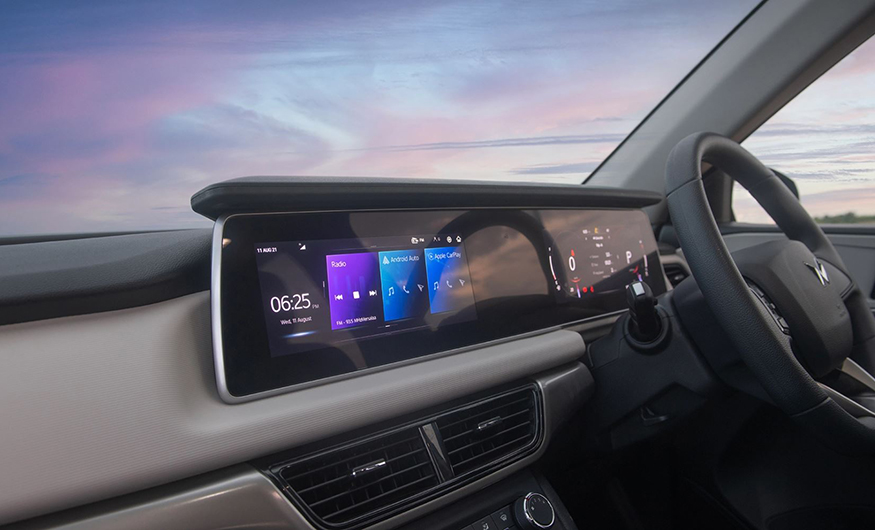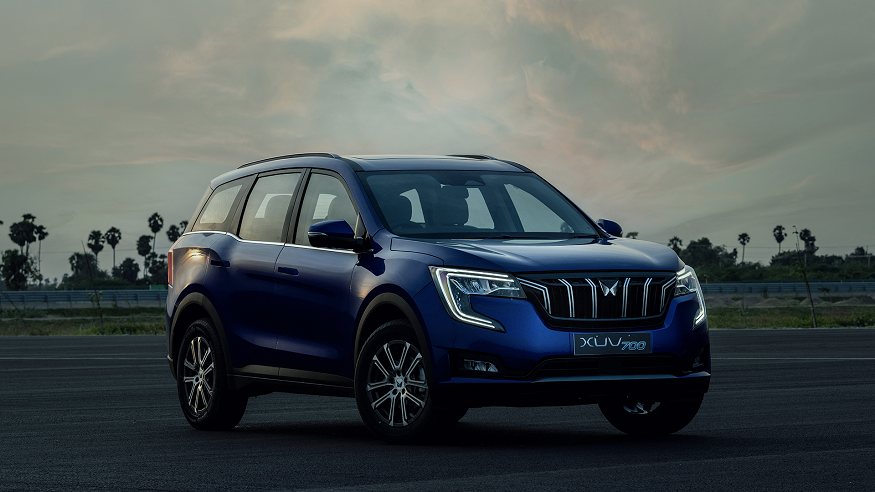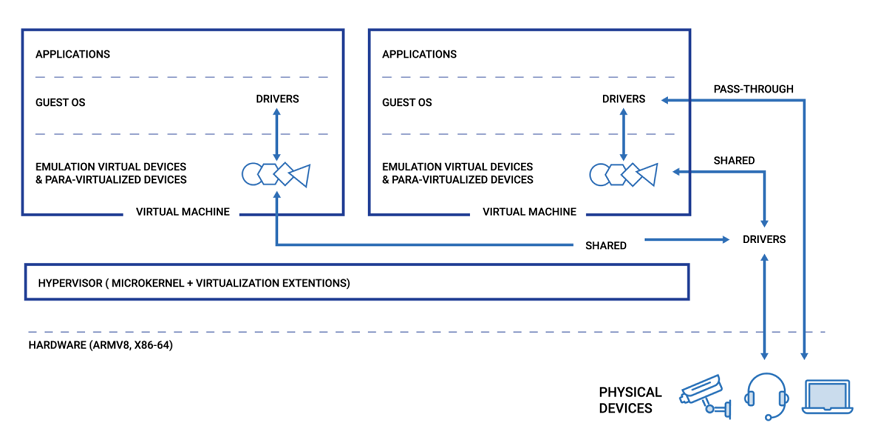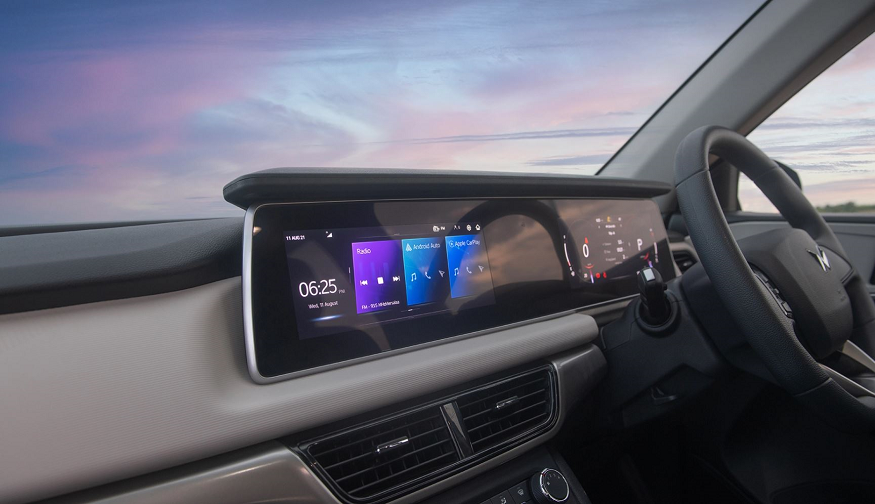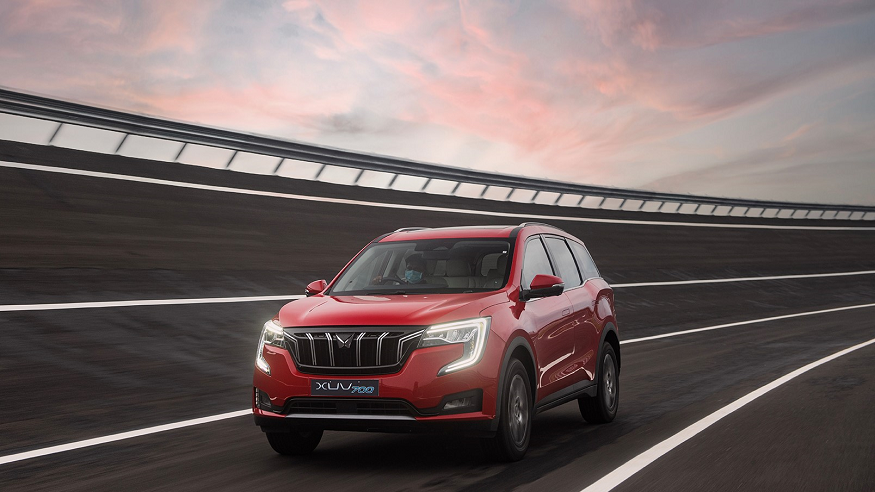BlackBerry Expands Global Auto Software Business Into India With Mahindra
A generation ago, advances in chip design and the introduction of a ubiquitous operating system launched a PC revolution that transformed the ways organizations manage data and conduct business. Today, a similar transformation is underway in the software-driven connected vehicle market, fueled by advances such as powerful system-on-a-chip (SoC) hardware and BlackBerry® QNX® software.
Currently running inside 215 million vehicles worldwide, BlackBerry QNX has become the automotive software platform of choice for 45 OEMs and all seven of the top Tier 1 suppliers. Building on this momentum, BlackBerry is expanding its footprint in India’s automotive market.
BlackBerry and Mahindra & Mahindra Ltd. (M&M Ltd.) recently announced the automaker’s next-generation XUV700 SUV has entered mass production with a Cockpit Domain Controller (CDC) leveraging the QNX® Neutrino® Realtime Operating System (RTOS) and QNX® Hypervisor.
According to M&M Chief of Global Product Development, R Velusamy, “We are pleased to team up with BlackBerry QNX to deploy the first generation of software-driven vehicles in the Indian marketplace. The Mahindra XUV700 is a powerhouse of technology and since its August 2021 release, the consumer interest has proven that India is more than ready for vehicles with next-generation technology. There is no better partner than BlackBerry QNX to serve as the secure and trusted foundation of the intelligent infotainment system within our innovative new XUV700, and M&M have a strong first mover advantage.”
A Deloitte survey confirms that India’s consumers are strongly interested in vehicles with advanced features like those offered by M&M with its XUV700. Four out of five (80%) of respondents there embrace the benefits of increased connectivity, compared to 46% in the United States and only 36% in Germany.
Joint Opportunities for Rapid Growth
The prospects for M&M and BlackBerry in the Indian auto marketplace are decidedly upbeat. According to a report produced by the India Brand Equity Foundation:
- India ranked as the world’s fifth-largest auto market in 2020, with estimated sales of 3.49 million passenger and commercial vehicles. The nation is also a preeminent auto exporter.
- With its highly skilled labor force, robust R&D facilities, and low-cost steel production, India’s auto industry is predicted to resume strong growth in the wake of the COVID-19 pandemic—surging to US$251.4 to $282.8 billion annually by 2026.
- The Indian government has successfully attracted foreign investments from companies that include Maruti Suzuki India (US$ 2.42 billion), Hyundai Motor India (US$ 269 million), Fiat Chrysler Automobiles (US$ 250 million), and more.
Collectively, these trends position M&M and BlackBerry as strong contenders not only in India, but also in the global automotive marketplace.
QNX Helps M&M Reduce Design, Engineering, and Manufacturing Costs
The electronic architecture of vehicles is evolving rapidly from hardware-driven to software-defined with the availability of a new generation of electronic control units (ECUs). These high-performance processors function as micro-computers that analyze real-time data, control performance parameters, and manage everything from powertrains to braking systems.
The quantity of ECUs in vehicles has increased over the past decade as automakers introduce new features such as digital dashboards, infotainment applications, and advanced driver-assistance systems (ADAS). According to James Priyatham, research analyst at IHS Markit, “A single modern luxury vehicle now can integrate as many as 150 ECUs.”
The benefits of reducing ECU counts are tangible: Each ECU and its sensors, wiring, actuators, and power supplies take up space, add weight, reduce a vehicle’s energy efficiency, and increase manufacturing costs. ECUs and software must also be tested and safety certified, generating additional cost and complexity to design and manufacturing. To reduce these costs, OEMs are consolidating multiple ECUs into domain controllers, which require a safety-certified hypervisor.
BlackBerry QNX isolates and protects critical systems
Hypervisors, such as the QNX Hypervisor, enable OEMs to consolidate multiple embedded systems with diverse operating systems, reliability, and security requirements onto a single SoC. The virtualized architecture isolates safety-critical functions from non-critical components running in separate guest operating systems. It also provides the scalability M&M needs to continue introducing new advanced features, like the XUV700 infotainment system, by adding virtual machines, hosted, and managed by the QNX Hypervisor.
The Mahindra XUV700 Infotainment system console
It’s a real pleasure to grow our global automotive customer footprint while helping innovative manufacturers like M&M Ltd. take advantage of one of the industry’s most significant trends—the exploding demand for safe, seamless, digital in-car experiences. With the Cockpit Domain Controller, powered by BlackBerry QNX technology, combined with M&M’s strong track record and heritage of delivering best-in-class vehicles, we’re confident that drivers of the new XUV700 will relish the comfort, safety, and connectivity it delivers.
For more information on how BlackBerry QNX can help with building the safe and secure vehicles of tomorrow, please visit:
BlackBerry.QNX.com.
About Dhiraj Handa
Dhiraj Handa is Vice President, Asia Pacific region for Blackberry Technology Solutions-QNX.
